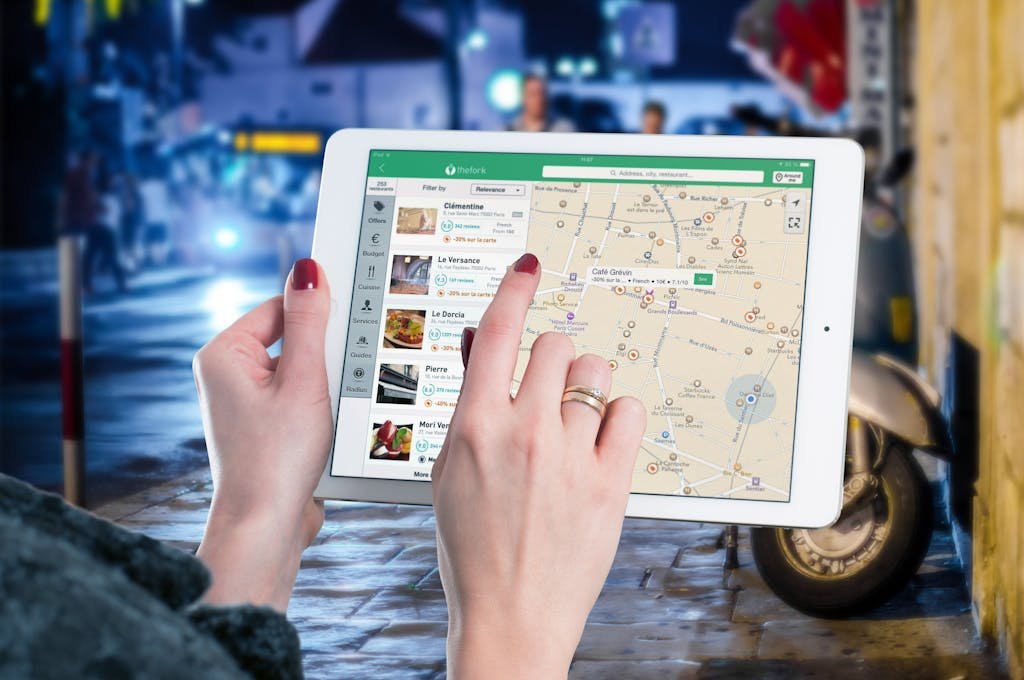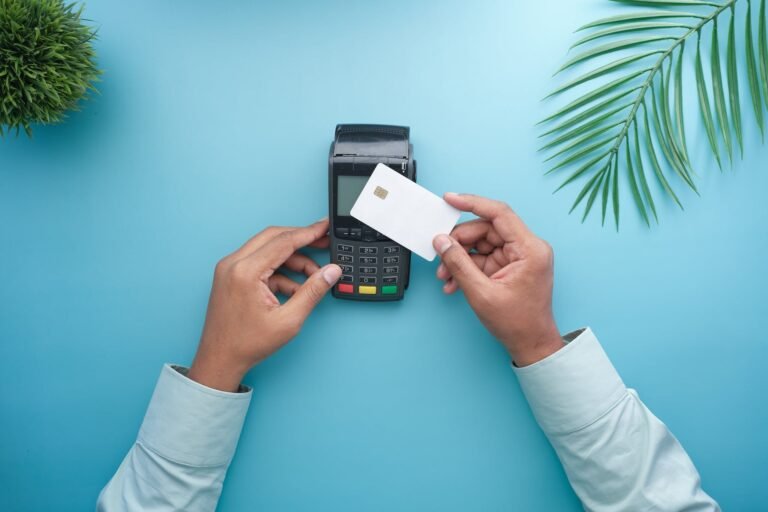Near Field Communication (NFC) tags and cards are a convenient way to store and transfer data. With the right tools and knowledge, anyone can learn how to program or reprogram an NFC tag or card.
This article provides a step-by-step guide to programming an NFC tag, along with troubleshooting tips and additional resources. It also offers helpful video tutorials to help users better understand the process.
With this information, users should feel confident in programing or reprograming NFC tags and cards effectively.
Key Takeaways
- NFC tags must be programmable and have sufficient memory capacity.
- Reprogramming an NFC tag will overwrite previous programming and can be done using the NFC Tools app.
- NFC tags can be programmed with custom URLs/URIs, allowing redirection to specific websites.
- Troubleshooting tips for NFC programming and scanning include checking for app errors, ensuring compatibility with smartphones, and checking for proper positioning during scanning.
Introduction to NFC Tags
First, it is important to know that NFC tags are small, programmable chips used for a variety of purposes. They can store contact information, redirect users to web pages, or even act as an individual link or social network.
NFC tags are programmed with the NFC Tools app and can be read by compatible smartphones.
Tips for scanning and troubleshooting issues are also available to ensure successful programming.
Step-by-Step Guide to Programming an NFC Tag
Programming an NFC tag or card is a relatively straightforward process. However, it is important to choose the right content and ensure that it will be readable by a smartphone. This article will guide readers through the process of:
- Selecting content
- Programming the tag
- Scanning it with a phone.
Choosing Content for Your NFC Tag
When deciding what content to include on your NFC tag, it is essential to consider the type of data you want to store, the amount of data needed, and the capabilities of the tag.
Recommended content includes:
- 3rd-party landing pages
- Downloadable contact cards
- Individual links or social networks
To check programming, use the ‘Read’ option in NFC Tools, and test the tag using your phone. Make sure that the number of bytes is under 256, and that the link contains ‘https://’ or ‘http://’.
If you are having trouble scanning the tag, try removing the case from your phone, tapping the tag at a different location on the phone, or restarting the device.
Scanning NFC with Phones
Users can easily program or reprogram the tag by tapping a compatible smartphone on an NFC tag with a few simple steps.
Download and open NFC Tools app, select ‘Custom URL/URI’ as the coding option, paste the web link, and click ‘Write.’
Hold the phone near the tag to complete the programming. Ensure bytes are under 256 and only one item is programmed.
Test the chip using the ‘Read’ option in NFC Tools app.
Troubleshooting tips include tapping the appropriate area of the phone and restarting the device.
Troubleshooting Common Issues
When programming or reprogramming an NFC tag, it is important to be aware of common issues that may arise. Some of these issues include writing issues and scan detection problems. To ensure a successful experience, it is important to understand the steps to troubleshoot and resolve issues quickly.
Writing Issues
Users frequently experience difficulty attempting to program or reprogram an NFC tag or card. To avoid issues, ensure the memory limit is appropriate, the URL/URI option is used, and the number of bytes is under 256.
Hit ‘Write’ again if a red exclamation point appears. Tap the phone’s appropriate area to detect the chip and restart the phone if necessary.
To test, use the app’s Read option. Remove cases with metal and scan from the center back of an Android phone or the Lock Screen of an iPhone.
Scan Detection Problems
Although it is common for users to experience difficulty when attempting to scan a programmed NFC tag or card, there are several ways to troubleshoot the issue.
- Ensure the smartphone is compatible.
- Remove the case if it has metal.
- Ensure the number of bytes is under 256.
Test the chip with the Read option in NFC Tools app.
Tap the appropriate location on the phone, restart the phone, and make sure Custom URL/URI option is used.
Double-check that there are no spaces in the link and ensure the link has ‘https://’ or ‘http://’ included.
Conclusion
Having discussed the steps and tips for programming and reprogramming NFC tags, it is now possible to understand how to use this technology for various applications.
It is important to ensure the chip is programmed correctly, and if it does not scan, troubleshoot the issue using the steps provided.
With practice, NFC tags can be used to access websites contact cards and more quickly.
Smartphones must be compatible, and NFC enabled to use this technology.
With the right setup and programming, NFC tags can be powerful.
Frequently Asked Questions
What Is the Maximum Amount of Data I Can Store on an NFC Tag?
The maximum amount of data that can be stored on an NFC tag depends on the type of tag being used. Typically, NFC tags with NDEF data format support a maximum of 4 KB of data, while some tags can store up to 32 KB.
Are There Any Recommended Third-Party Apps for Programming NFC Tags?
Yes, there are recommended third-party apps for programming NFC tags. These include NFC Tools, Tap Tag, and Mytt.ag. Each of these provide different features and support for programming tags, with NFC Tools providing the most comprehensive option.
Do NFC Tags Work on All Smartphones?
Yes, NFC tags work on most smartphones, including both iPhones and Androids. Compatibility may vary depending on the phone model, but the majority of recent phones support NFC.
How Often Do I Need to Reprogram an NFC Tag?
NFC tags do not need to be reprogrammed often, as they can store information for long periods of time. However, if the contents of the tag change, it should be reprogrammed to ensure the link is still valid.
Is There Any Way to Use an NFC Tag Without a Smartphone?
Yes, you can use an NFC tag without a smartphone. NFC tags can be programmed to perform certain actions or tasks without the need of a smartphone. For example, NFC tags can be programmed to control lights, open doors, or even turn on a TV.
Conclusion
NFC tags and cards are powerful tools for connecting physical and digital objects.
Programming and reprogramming these cards is a straightforward process that anyone can learn with the right tools and knowledge.
This article gives users the information and resources necessary to confidently program and reprogram NFC tags and cards for their specific use cases.





